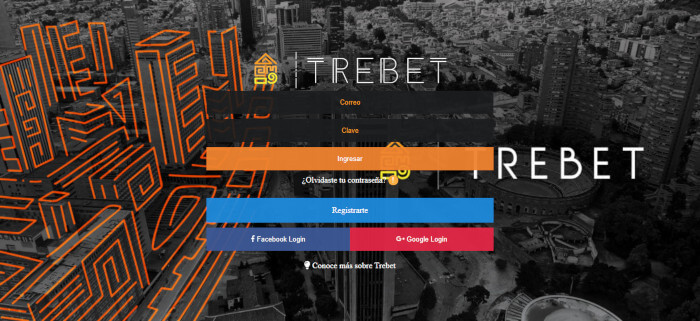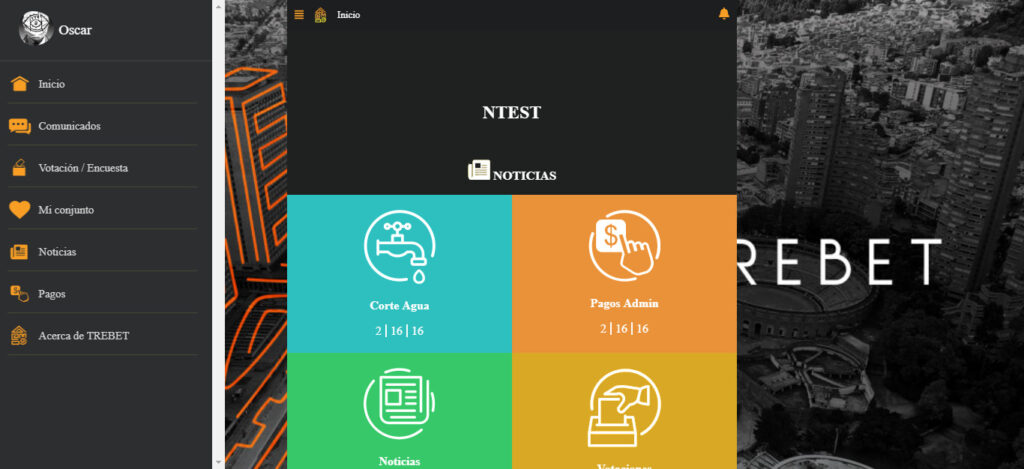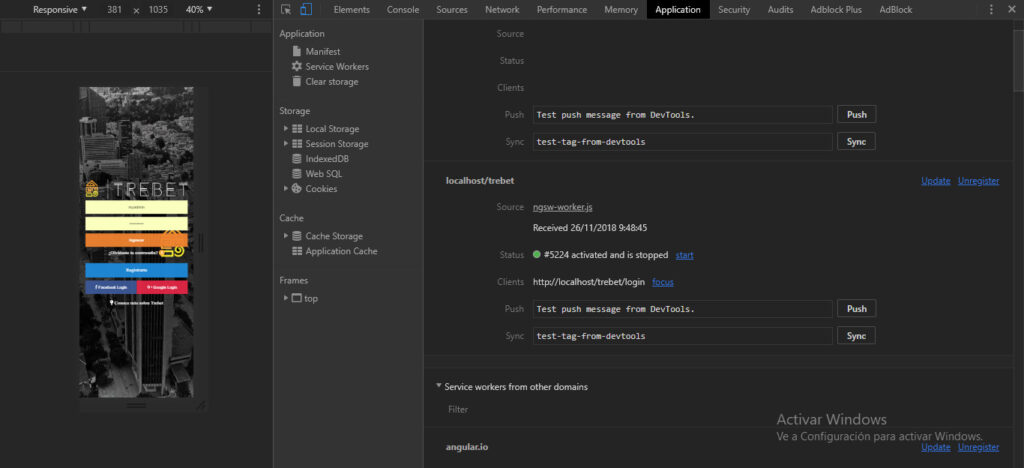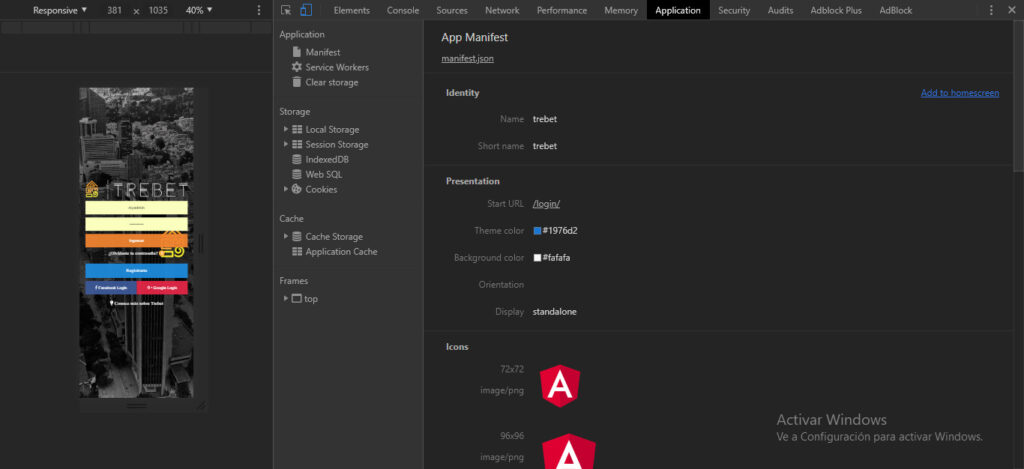
A Progressive Web Application (PWA) is a web application with features that resemble those of a native mobile application, both in the user experience (UX) and in the application interface (UI). These applications are designed from the beginning to offer the best performance on the different devices on which they are deployed, these devices can be traditional desktops, tablets and smartphones.
Characteristics of a PWA
Progressive Web Applications have characteristics that differentiate them from a common web application:
They can be installed: PWAs can be installed on desktops and smartphones, which gives users the feeling of using a native application, and also improves the performance of the application.
Reduces loading times: Studies confirm that more than 53% of users abandon a site if it takes more than 3 seconds to load. The technologies used in these applications allow an optimal loading time, improving the user experience within it.
They are progressive: This means that the application can continue to expand and grow along with the needs of the users and the creators of the application.
They work offline: One of the biggest advantages of PWAs is that since they can be installed on different devices, it is possible to offer an experience without an internet connection, this is possible through the implementation of a script that browsers run in the background called Service Worker.
Push Notifications: Like a conventional native application, it is possible to send and receive push notifications, which generates more interaction and a greater feeling of being inside a native application.
Agile development: It is possible to have a minimum viable product (MVP) in a shorter period of time compared to a native application.
How do they work?
Basically, Progressive Web Applications work in the same way as a conventional website, i.e. an Url is consulted in the browser and it returns the search result, the difference lies in the implementation of the Service Workers and the Manifest that make up the application.

Service Worker
As mentioned in the characteristics, a service worker is a sequence of commands that the browser executes in the background, separated from a web page, opening the door to functions that do not need a web page or user interaction. It can also be defined more technically as a Javascript file that contains all the logic that allows the application to run and be installed on the devices.

Manifest file
Besides the Service Worker another important element of a PWA is the main manifest file or Manifest that allows defining basic features of the application; such as the background color on the splash screen, the icon when it has been installed and the name of the application.

Why develop a PWA?
Continuing with what was mentioned in the characteristics, PWAs are a fast, reliable and efficient way to create an application that allows the progressive growth of an idea, business or software product. In addition to this, the technologies used for their development are of the latest generation, allowing a higher performance than a simple web page and a much faster development than a native application.
In addition, the maintenance of PWAs is much easier and cheaper compared to conventional native applications.
Technologies for development?
After everything mentioned about Progressive Web Applications, it only remains to mention the technologies needed for these to be developed, but quiet not necessarily must be a programmer to implement a PWA, below we explain:
Super PWA Plugin for WordPress
Nowadays WordPress is the most used CMS in the world, approximately 30% of the websites in the world are made in WordPress, this allows you to develop great websites with just a couple of clicks and basic configurations. The same site can become a PWA by simply installing a single plugin called SuperPWA.
Now although the plugin gives the features of a Progressive Web Application, it should be noted that there are some small differences in performance compared to a PWA made to measure, even so it is an excellent choice if you want to have a website with these features or if you do not have the budget, also in the case of not being a skilled programmer in the development of progressive applications.
Custom development, under agile development languages
This is the next option for those who want to get the full potential of a PWA and is the custom development using programming languages and frameworks optimized for this purpose such as Angular, Google’s Firebase and Node.
At this point Angular is a Javascript-based framework developed by Google, which today is used for multiple purposes for both web and mobile application development and even desktop, one of the advantages is how extremely efficient it is and thanks to its flexible environment is easy to maintain.
Firebase is another of Google’s great tools which offers a complete environment for hosting, testing and disseminating applications that are integrated with its environment. Firebase offers everything from databases, messaging services and services to cover the server-side logic for applications.
And last but not least Node, which was conceived as an asynchronous event-driven JavaScript runtime environment, Node is designed to build scalable networked applications, which will be essential for the development and testing of the application before it is put into production.
You can also develop services in other server-side languages such as PHP or C#, in addition to using the database of choice such as MySql for example, although it all depends on the scope of the application to be developed and the domain in languages and tools that are chosen for the job, additionally you could use React for front-end development, however we recommend Angular for the simplicity of implementation and deployment.
Conclusion
In recent years we have witnessed the speed with which technology advances, since the arrival of the web pages along with the internet, which opened a new world of business opportunities, then smartphones along with mobile applications that today are used by most of the world’s population.
Continuing with the above we now see the birth of the PWA which incorporate the best of both worlds, giving users the ability to enjoy most of the benefits of a mobile application, from a fast, friendly and easy to manage and implement web application.